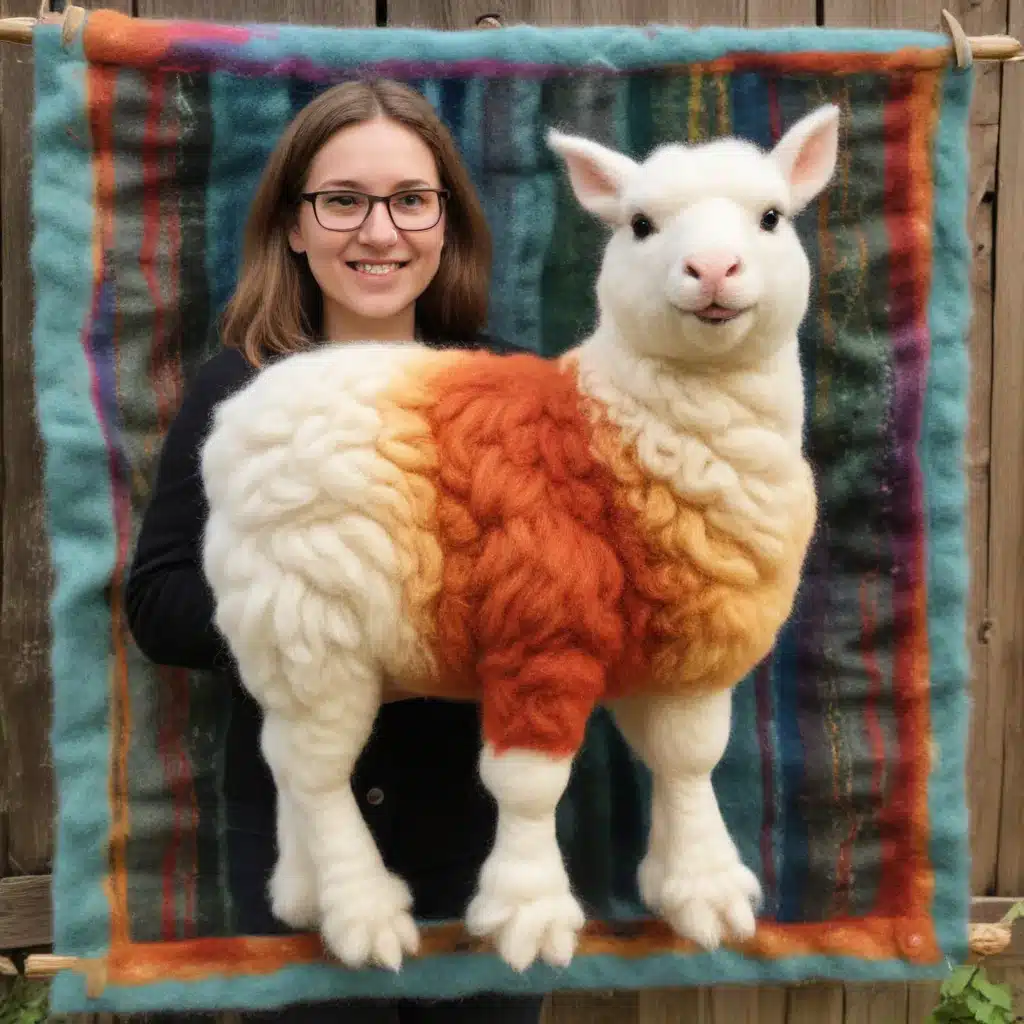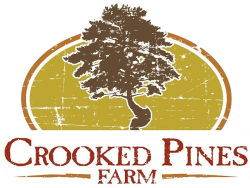
Wool Felting Crafts: Fleece from the Farm
Nestled in the rolling countryside, Crooked Pines Farm is home to a diverse array of woolly residents. From our flock of Coloured Ryeland sheep to the occasional visiting alpacas, the farm is brimming with fluffy fiber waiting to be transformed. As a farm educator, I’m excited to share the art of wool felting and how you can harness the natural bounty of our land to create stunning handmade crafts.
Wool Fiber Properties
Understanding Wool Fibers
Wool is a remarkable natural fiber with a host of unique properties. Each strand is composed of overlapping scales that interlock when agitated, giving wool its signature crimp and elasticity. This intrinsic felting ability is what makes wool an ideal medium for crafting. The diverse characteristics of wool fibers, from softness and loft to durability and warmth, stem from factors like the sheep breed, environmental conditions, and fiber processing methods.
Wool Fiber Characteristics
When selecting wool for felting projects, it’s important to understand the nuances of different fiber types. Sheep wool, for instance, can range from the fine, silky Merino to the springy, Cheviot-influenced varieties. Meanwhile, specialty fibers like alpaca, angora, and cashmere offer unique textures and loft. Blending various wools can also produce interesting felted results, combining the best properties of each.
Wool Fiber Processing
Before wool can be crafted, it must be properly prepared. This begins with skirting the fleece to remove any coarse guard hairs or vegetable matter. The cleaned wool is then washed, often using a gentle dish soap, to remove lanolin and impurities. Once dry, the fibers are carded or combed to align the strands and create a cohesive batt or roving, ready for felting.
Types of Wool Fibers
Sheep Wool Varieties
Our own flock of Coloured Ryelands provides a beautiful array of naturally pigmented wools, from rich browns and beiges to silvery grays. Neighboring farms also offer a diverse selection, including the lofty Herdwick x Texel and the resilient North Country Cheviot. Each breed’s unique fiber characteristics lend themselves to different felting applications.
Specialty Wool Fibers
Beyond sheep, the farm also plays host to other woolly creatures. Alpaca fiber, for instance, is renowned for its exceptional softness and warmth, while angora from angora rabbits offers a delicate, cloud-like texture. These specialty fibers can be blended with sheep wool to create truly unique felted pieces.
Blended Wool Fibers
Combining different wools can unlock a world of creative possibilities. A Scotch Mule fleece, for example, marries the hardy, motherly qualities of a hill breed ewe with the lush, silky attributes of a Bluefaced Leicester ram. The resulting fiber is a dream to felt, lending itself beautifully to home décor and accessories.
Felting Techniques
Wet Felting Process
At the heart of wool felting lies the wet felting technique. By agitating wool fibers in hot, soapy water, the natural crimp and scales interlock, forming a dense, cohesive fabric. This process can be used to create a wide range of projects, from sturdy rugs and cushions to delicate jewelry and accessories.
Needle Felting Fundamentals
For a more precise, sculptural approach, needle felting allows you to transform raw wool into 3D forms. By repeatedly stabbing the fibers with a barbed needle, the strands gradually mesh together, enabling the creation of detailed figurines, decorative elements, and intricate designs.
Finishing Felted Projects
Once a felted piece is complete, it’s important to finish it properly. This may involve further fulling (agitation) to strengthen the fabric, trimming any loose fibers, and – for practical items – adding reinforcements like backing or edging. The final step is blocking, where the felt is gently stretched and shaped to achieve the desired form.
Wool Felting Projects
Home Décor Felted Items
Wool felting’s versatility lends itself beautifully to a variety of home accents. Crafting a cozy chair pad or rug from our Coloured Ryeland wool can add warmth and texture to any space. Felted wall hangings, trivets, and vases also make for stunning, one-of-a-kind décor.
Wearable Felted Accessories
Beyond home goods, wool felting opens the door to endless fashion and accessory possibilities. Soft, durable slippers, mittens, and hats can be felted using our farm-fresh fibers. Felt also makes a wonderful material for jewelry, brooches, and other personal adornments.
Felted Gifts and Crafts
Wool felting is the perfect medium for creating thoughtful, handmade gifts. Ornaments, coasters, and pincushions are just a few examples of the charming crafts you can make. The process is also a wonderful activity to enjoy with children, allowing them to explore the farm’s fiber bounty through hands-on felting projects.
Sourcing Wool Fleece
Local Wool Producers
As a farm educator, I’m thrilled to connect our community with the incredible wool resources right here on Crooked Pines. Our resident Coloured Ryeland flock, as well as the fleecy offerings from nearby farms, provide a wealth of fiber for felting enthusiasts to explore. By supporting local wool producers, you’re not only accessing top-quality materials but also investing in the vibrant agricultural heritage of our region.
Online Wool Suppliers
For those beyond our local sphere, a wealth of wool resources can be found online. Reputable fiber artists and small-scale producers offer an array of specialty fibers, from exotic yak and bison to the classic Merino and Shetland. These virtual marketplaces make it easy to discover unique wool blends and experiment with different felting materials.
Wool Fleece Preparation
Regardless of the source, preparing wool fleece for felting is a crucial step. Skirting the raw fiber to remove coarse guard hairs and washing it to eliminate lanolin and debris are essential to achieving the best results. Once dry, carding or combing the wool into a cohesive batt or roving sets the stage for a smooth, successful felting process.
Wool Felting Inspiration
Traditional Felting Designs
Wool felting has a rich, centuries-old history, with roots tracing back to ancient civilizations. Explore the timeless geometric patterns, figurative motifs, and textural techniques that have defined the craft across cultures and eras. These traditional design elements can serve as a wellspring of inspiration for your own unique felted creations.
Modern Felting Trends
While honoring the past, the world of wool felting is also evolving with contemporary sensibilities. Discover the work of cutting-edge felting artists who push the boundaries of the medium, incorporating bold colors, abstract forms, and experimental techniques. These innovative approaches can breathe new life into the age-old craft, sparking your imagination and guiding you toward fresh, modern felted designs.
Felting Artists and Exhibits
Immersing yourself in the vibrant felting community can be a wellspring of inspiration. Seek out local fiber art shows, workshops, and demonstrations to witness the skill and creativity of accomplished felting artisans. Following the work of these talented makers on social media or visiting online galleries can also ignite new ideas for your own felted projects.
Wool Felting Tools and Materials
Essential Felting Supplies
At the heart of wool felting lies a modest set of tools. Soap, hot water, and towels form the foundation of the wet felting process, while barbed needles and foam mats are the building blocks of needle felting. Invest in wool roving, batting, and locks to have a diverse selection of fibers at the ready.
Specialty Felting Equipment
As your felting journey progresses, you may wish to explore specialized equipment that can streamline the process and unlock new creative possibilities. Felting drums, rolling mats, and needle felting stands are just a few examples of the tools that can enhance your wool crafting experience.
Felting Workspace Setup
Creating a dedicated felting workspace can make all the difference in your creative flow. Designate an area with ample flat surfaces, good lighting, and easy access to your water source. Consider setting up a drying rack or clothesline to properly finish your felted pieces. A cozy, ergonomic setup will have you happily immersed in the meditative art of wool felting for hours on end.
As you embark on your wool felting journey at Crooked Pines Farm, I encourage you to embrace the natural bounty that surrounds us. Whether you’re crafting a cozy rug from our Coloured Ryeland flock or exploring the tactile delights of alpaca fiber, the creative possibilities are endless. Dive into the rich history and modern innovations of this age-old craft, and let your imagination soar. Happy felting!


